
A POS, or point of sale, system has become an essential tool for brick and mortar businesses that need to conduct transactions with customers.
Businesses are abandoning the antiquated cash register for this more efficient, tech-forward solution.
It’s faster, saves time, and it’s a system that comes with some interesting features, which we’ll highlight later.
It makes sense that this solution has become available on mobile apps, as seen with successful POS apps like Square and Clover.
In this article, we’ll review how you can get started with the design and development of a mobile POS app.
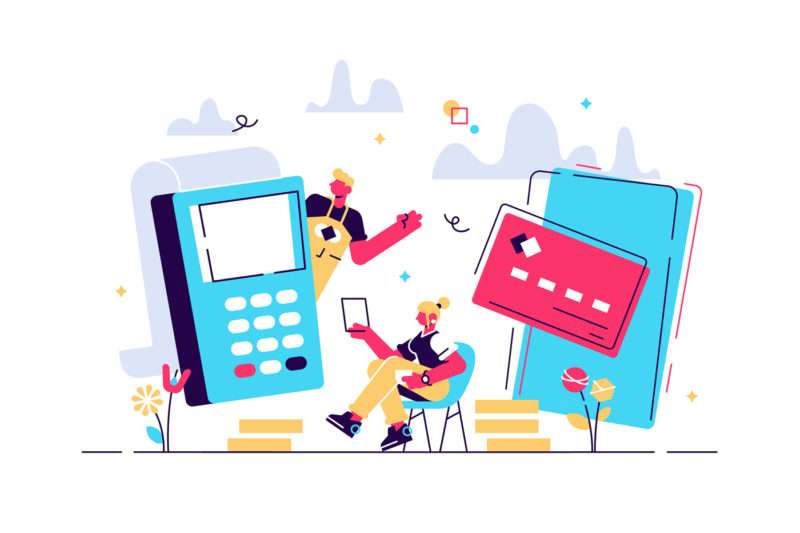
Table of Contents
mPOS stands for mobile point of sale, which enables users to process transactions through their mobile devices instead of a traditional point of sale system.
This means that users can conveniently make use of their smartphones as a cash register, eliminating the need for bulky and complicated POS systems commonly used in physical stores.
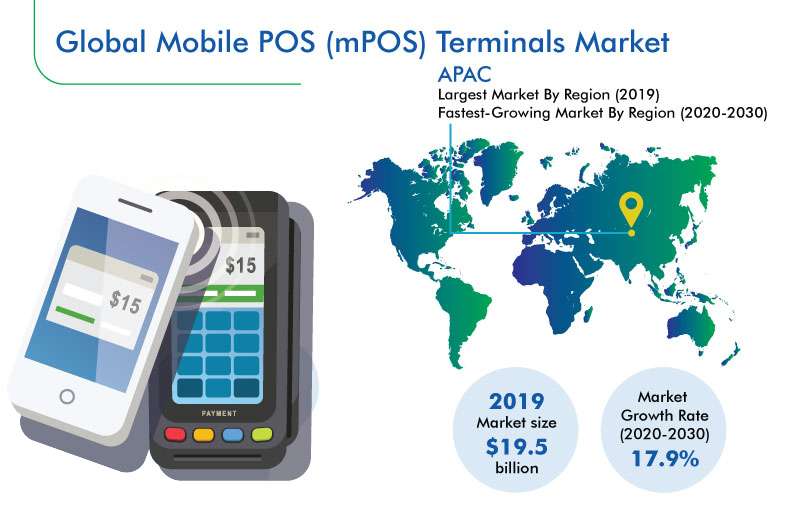
Photo Credit: psmarketresearch.com
An mPOS app is incredibly useful for businesses that require credit card transactions on the go, such as repair services, food trucks, and market vendors.
1.1 How it Works
If someone wants to use a mobile point of sale app, all they need is an internet connection and a card reader.
This card reader can be plugged into the mobile device in order to process credit and debit cards.
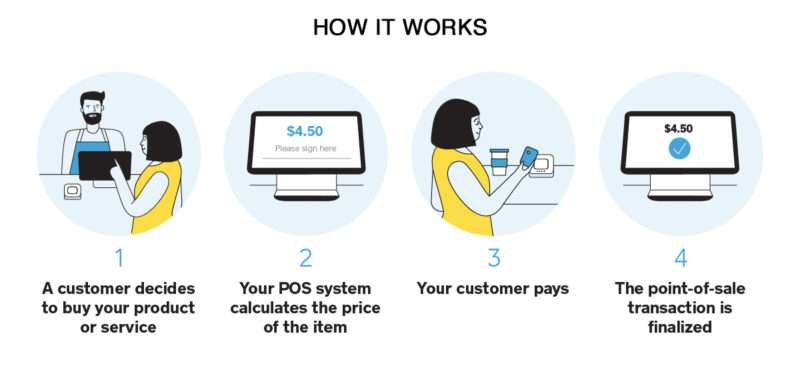
Photo Credit: squareup.com
While it depends on the specific software being used, an mPOS app can generally work as a stand-alone device. It’s linked to the owner’s bank account or it can also be integrated into a larger POS system.
When it comes to customer data, this information isn’t stored on the device itself but rather in the cloud, and it’s encrypted.
1.2 mPOS App Benefits
As you can imagine, there are many benefits to using a mobile point of sale. Let’s look at a few.
It’s convenient
By using an mPOS system, users can process transactions from anywhere, at any time, as long as they have a mobile device with an internet connection.
This can be especially useful for small business owners or vendors who sell products or services at events, trade shows, or other temporary locations.
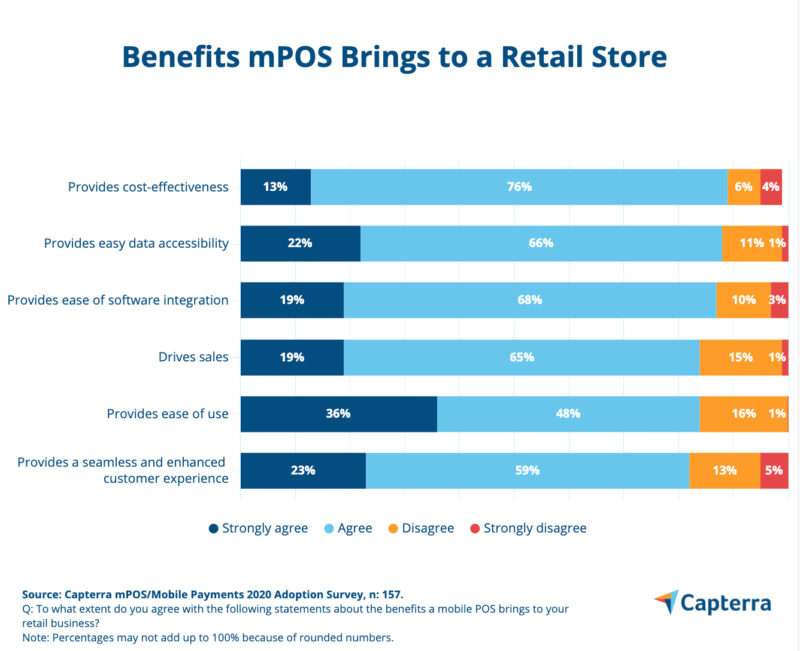
They’re no longer confined to a brick-and-mortar storefront. These apps can be used at festivals, markets, fairs, and anywhere else a merchant wishes to sell and process payments.
Faster checkout
Using an mPOS app is fast and easy. Typical retail environments mean queuing up in long lines and having to wait, but with a point of sale app, sales agents can checkout their customers quickly and from anywhere.
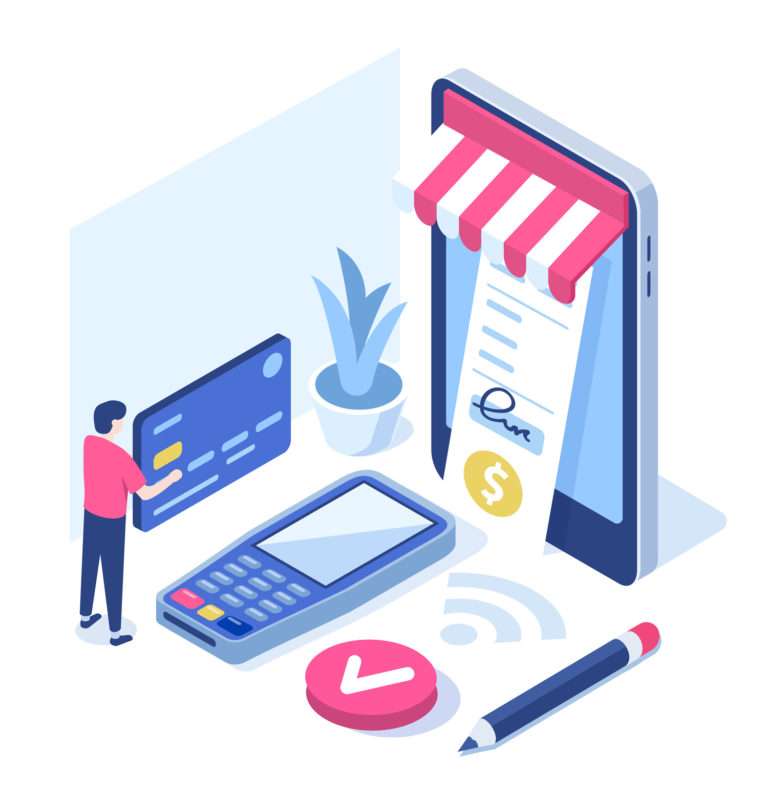
Multiple payment methods
With an mPOS system, businesses can accept a wider range of payment options, including credit and debit cards, digital wallets, and other mobile payment methods. This can increase customer convenience and make it easier for businesses to close sales and generate revenue.
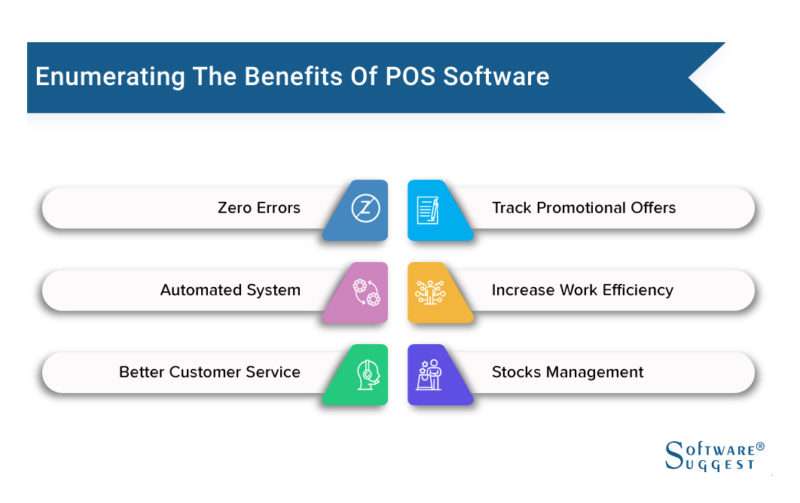
PRO TIP:
When developing a mobile app, you always want to do everything you can to improve the customer experience. Including multiple payment options like mobile wallets is a great addition to an mPOS app.
It’s safe and secure
Safety and security is key for mobile POS systems. Fortunately, mPOS systems encrypt all transactions and don’t store any sensitive data on the device, which minimizes the risk of any security breaches.
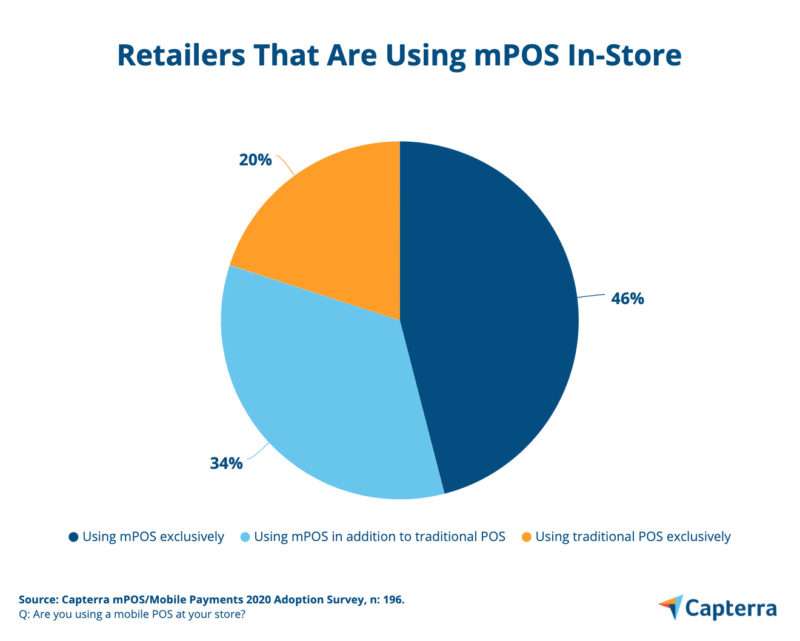
This kind of security technology and complying with regulation requirements was once only available to big merchants, but now any type of business—big or small—can benefit from it.
It’s affordable
Traditional POS systems can be expensive to buy and maintain, especially for small businesses with limited budgets.
mPOS systems, on the other hand, are often more affordable and can be easier to set up and use without requiring specialized technical knowledge or hardware.
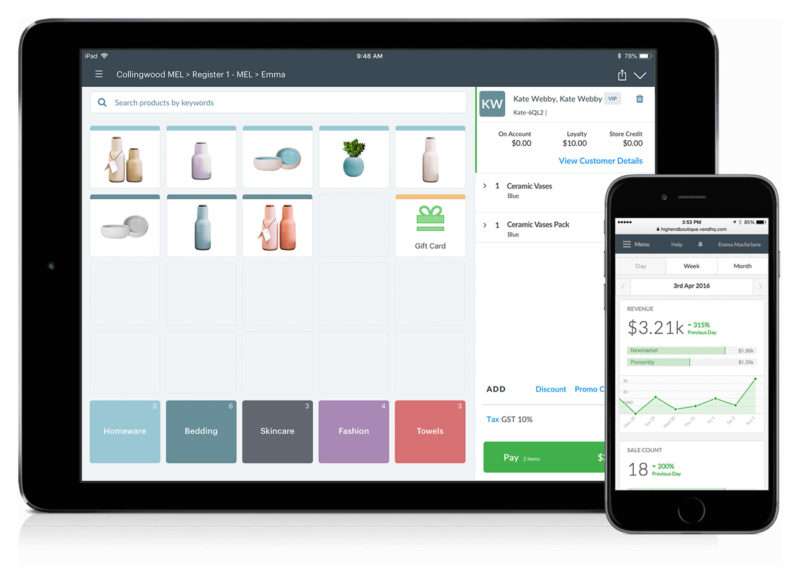
Photo Credit: tech.co
Most reputable and high-quality mPOS apps do charge fees to use the software, but it’s often much cheaper than the costs associated with a traditional POS system.
Enhances the customer experience
For all of the benefits listed above, business owners using mPOS apps for customer transactions will find it to be a significant enhancement to the overall customer experience.
Customers want transactions to be fast, secure, flexible, and mobile. Give them what they want.
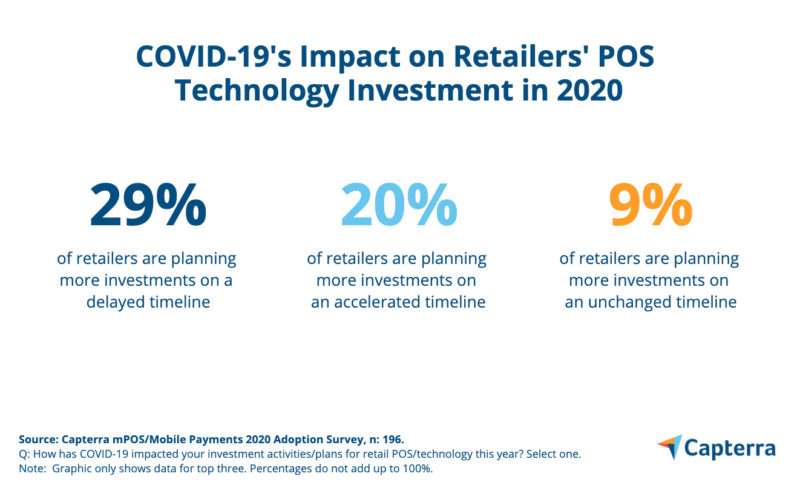
1.3 Where mPOS is Used
So what types of businesses use these mobile POS systems, anyway?
Let’s take a look at who is benefitting from these solutions so you have a better understanding of who your app’s target audience is.
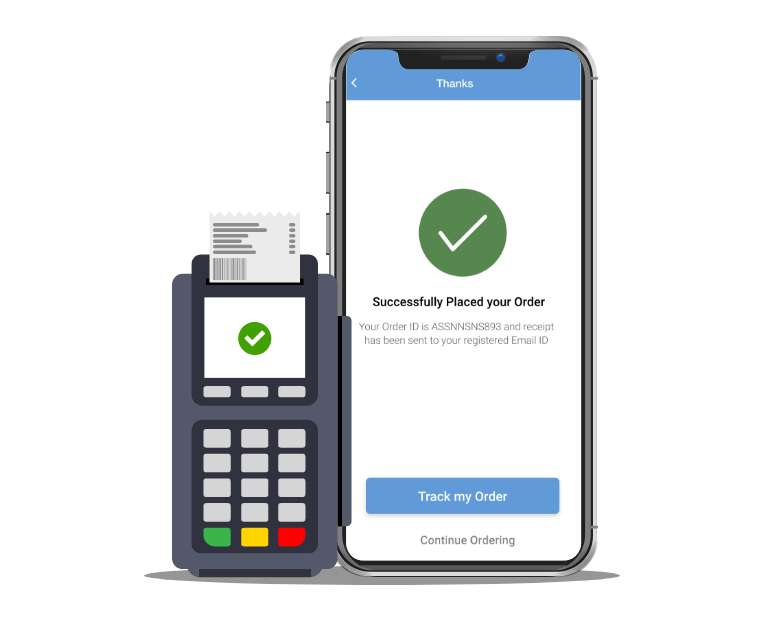
Photo Credit: appypie.com
- Restaurants: POS systems for restaurants do more than accept credit card payments. They can streamline operations efficiently, keep track of sales, and offer industry-specific features.
- Retail: POS systems for retailers is what the technology was originally designed for. It differs from other industries in terms of what the system requires.
- Bars: POS systems for bars are similar to apps designed for restaurants. They allow for fast order input and checkout.
- Small businesses: Some POS systems are marketed for small businesses, which is perfect for an app-based solution. This also encapsulates a wide range of industries, from restaurants and bars to small market vendors.
- Spa and Salon: POS systems designed for these types of services offer more specific features, such as calendar integrations, appointment scheduling, reminders, and so on.
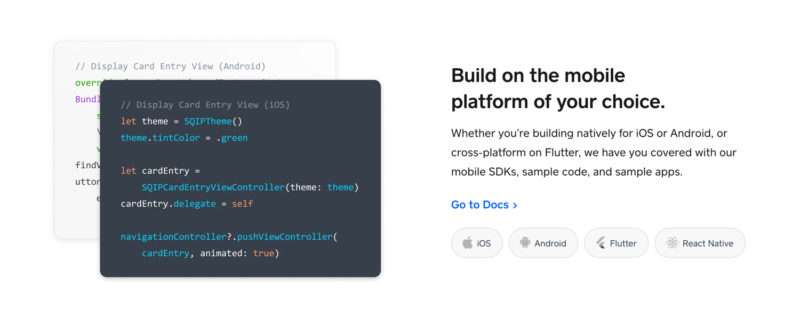
Photo Credit: squareup.com
As mobile technology advances, POS apps are only going to advance with it, offering new features and integrations for app developers to use.
If you’re set on creating a POS app for businesses to use, here are some key considerations.
2.1 Offer the Best App Features
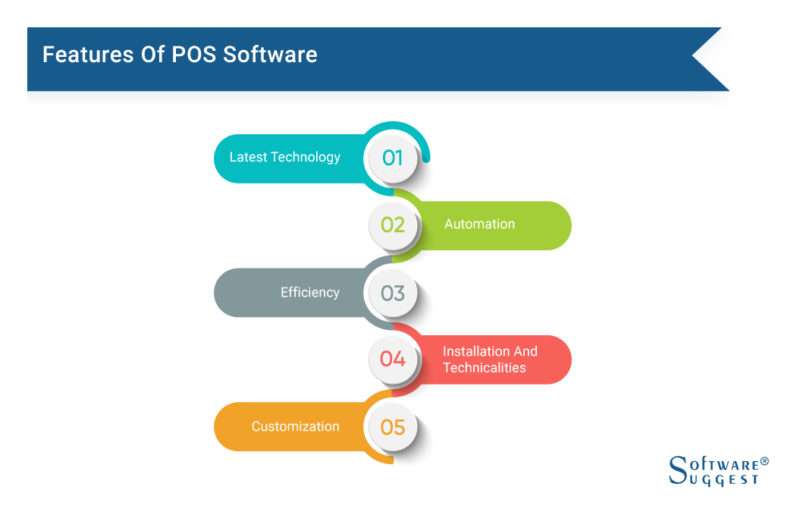
So what kind of features should you consider for your POS mobile app? Here are some great additions to keep in mind when developing your app:
- Multiple payment options: As discussed earlier, offering the ability to accept multiple forms of payment, including mobile payments like Apple Pay, is a great feature.
- The ability to access data: A major benefit of using POS apps is that many allow business owners the ability to access and analyze the data gathered from their smartphone, such as customer orders, payment tracking and status, and sales summary.
- Manage customer data: In addition to accessing customer data, the app should also allow users to manage their customer’s data, including allowing them to send digital receipts.
- Sales reporting and analytics: This is an excellent feature to offer as it can help your users grow their business.
- Fast bank transfers: Don’t expect your users to wait a long time to receive funds from transactions to their bank accounts. Bank transfers should be as soon as the next day, even if it’s for an extra fee.
- Customer support: Keep in mind that your users are just regular people trying to run a business. They may not be all that tech-savvy, and so your app should offer methods to get tech support if there are any issues with the software.
- Ability to integrate with other software: Your mPOS app should be able to play nicely with others, meaning it should be able to integrate with third-party applications businesses can benefit from. For example, Square’s mPOS integrates with BigCommerce and Xero.
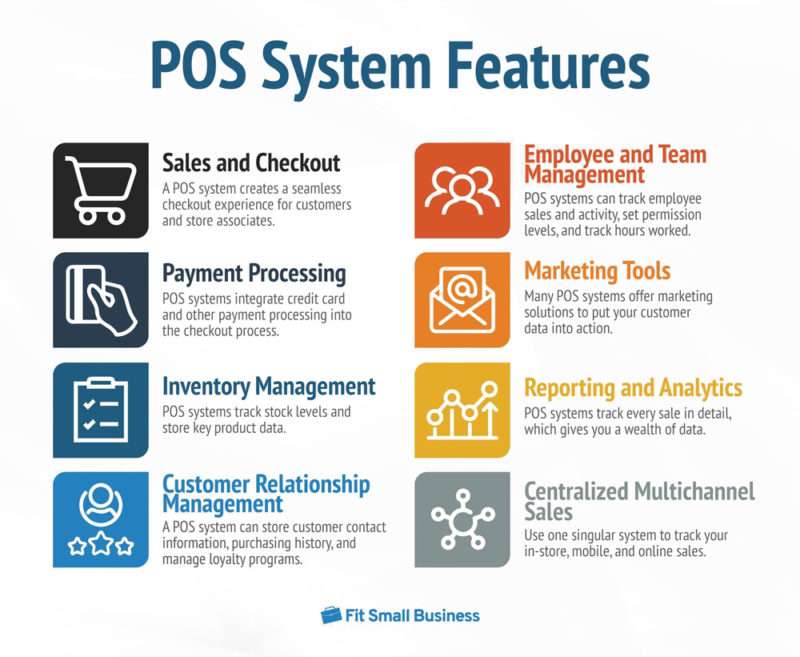
2.2 What the Best Mobile POS System Apps Offer
In addition to the features mentioned above, the best mPOS systems should also have these important capabilities.
They should be cloud-based, which means that it stores all information it takes from both the merchant and customers online.
Transaction fees shouldn’t be high. When developing a POS app for businesses, know that they expect these and other fees to be low.
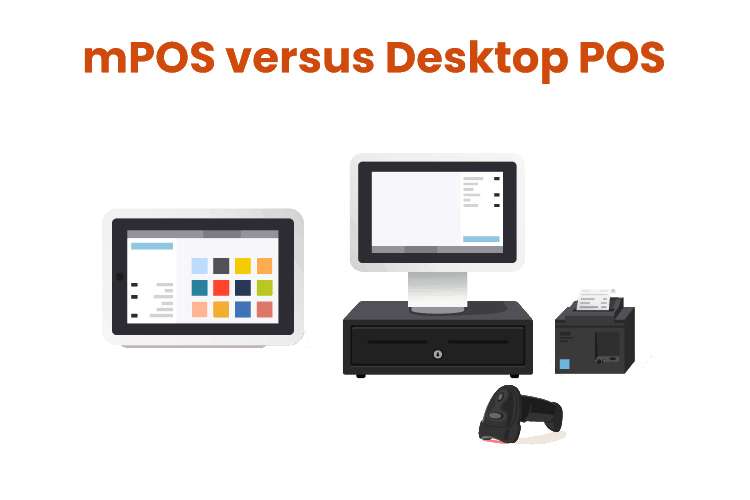
Photo Credit: koronapos.com
POS apps should also have an offline mode in the case that a merchant loses their internet connection. Your solution should still allow for some functionality even if your user is offline.
2.3 POS Design Principles
When designing your mobile POS app, effective UX and UI are crucial to the user experience.
Remember, this system will in some cases be replacing the cash register and it’s meant to simplify things for business owners.
Here are some design principles to consider when designing and developing your app:
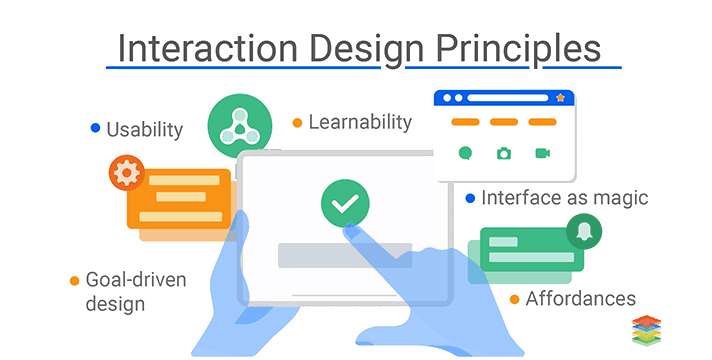
Photo Credit: xenonstack.com
Keep things simple
Whether your app offers few or many features, it should always be designed with simplicity in mind. Tasks within your app should be easy to accomplish and take as few steps as possible.
Don’t use off-the-beaten tack designs or icons. Findability is key, meaning all images and icons should be recognizable.
Also, be careful when selecting colors. There should always be sufficient contrast so users can easily see all content in the app.

Photo Credit: pixetic.com
Make it intuitive
Remember, many of your app’s users may not be tech-savvy. They want an app that’s easy and intuitive to use.
Keep designs consistent
Whatever interface elements you use, they should be used consistently throughout the application. Each page shouldn’t have new controls, that just adds an extra layer of complexity that isn’t necessary.
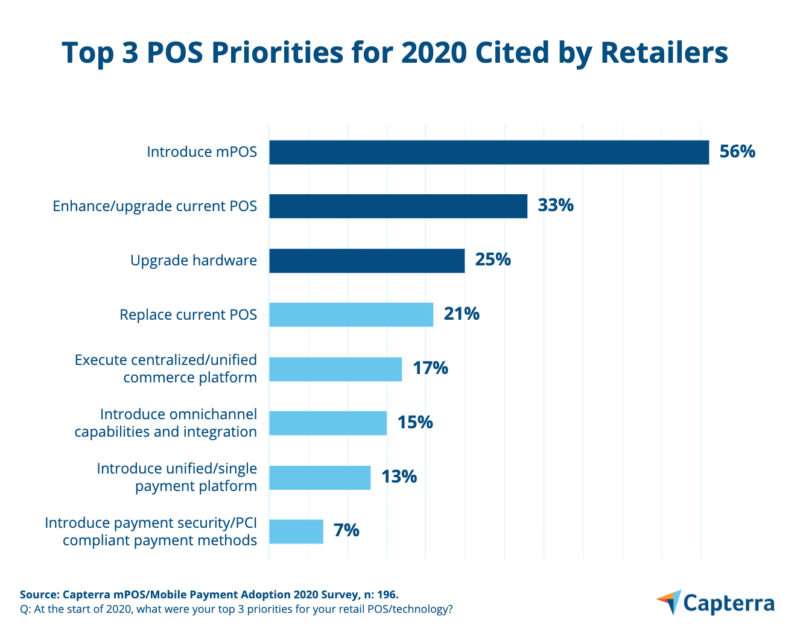
Simplify mobile navigation
The flow between screens should be effortless. Users should be able to search for items within the app, type barcodes (or use a barcode scanner) or serial numbers manually if they choose, apply discounts, find old payments and transactions, and so on.
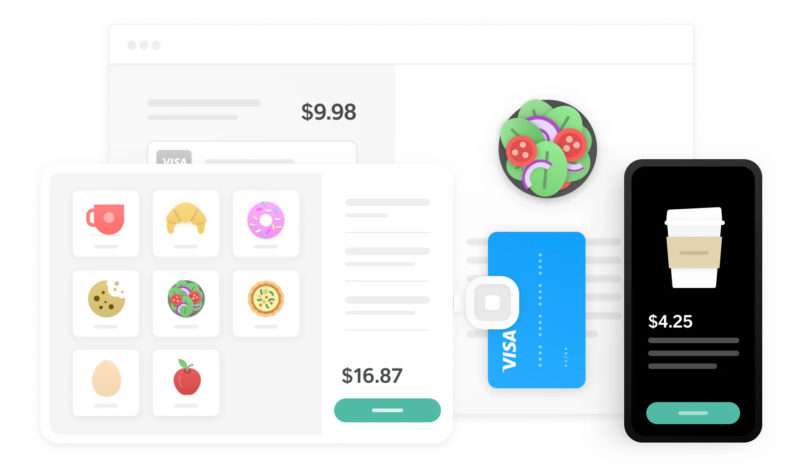
Photo Credit: squareup.com
Offer various login personas
When designing your app, who will be using it? Some POS systems offer different types of app users, such as an admin (business owner), employees and staff, and even customers.
Each category will allow for different levels of access within the app.
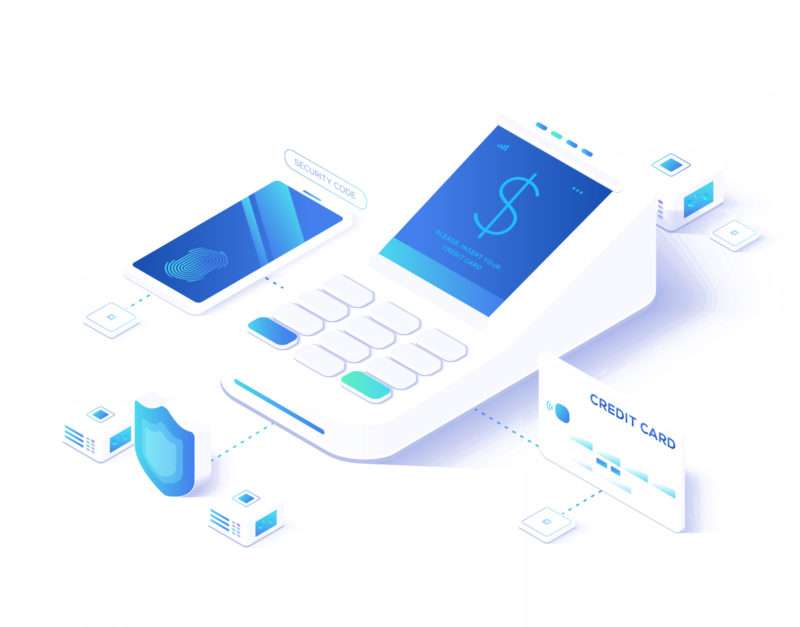
PRO TIP:
To bring the most value to your users, conduct thorough research on your target audience to ensure your design choices make the most sense.
2.4 Making Money with a POS App
There are many ways to monetize your mobile app.
Many of these apps make money by charging a monthly or yearly fee to use the software, but not all. For example, Square’s POS doesn’t charge any setup fees or monthly fees. One way they make money is by taking a cut of every transaction fee.
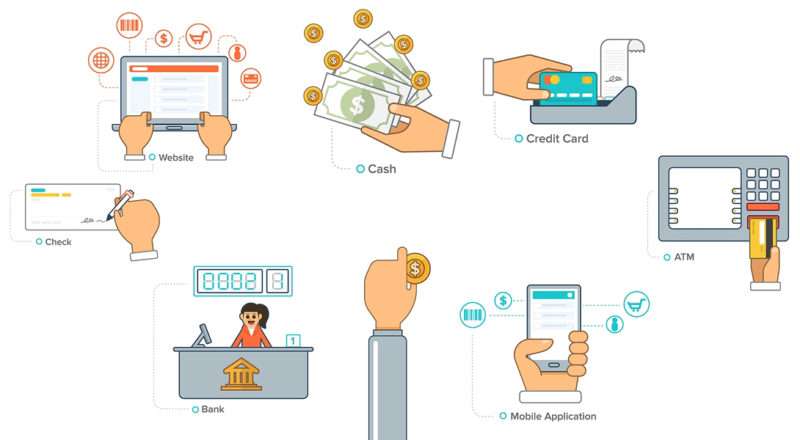
Photo Credit: statwallcommerce.com
They also make money by offering various add-ons, like hardware products and plan upgrades, which come with extra features.
This is a great monetization method because it starts users off for free, only charging them for payment processing, but can easily upsell with their additional features, products and services.
While many industries can certainly benefit from using a mobile point of sale system, don’t create your app for everyone.
Choose a specific industry so you can offer the right tools and features for that audience, such as inventory management, customer tracking, and more.
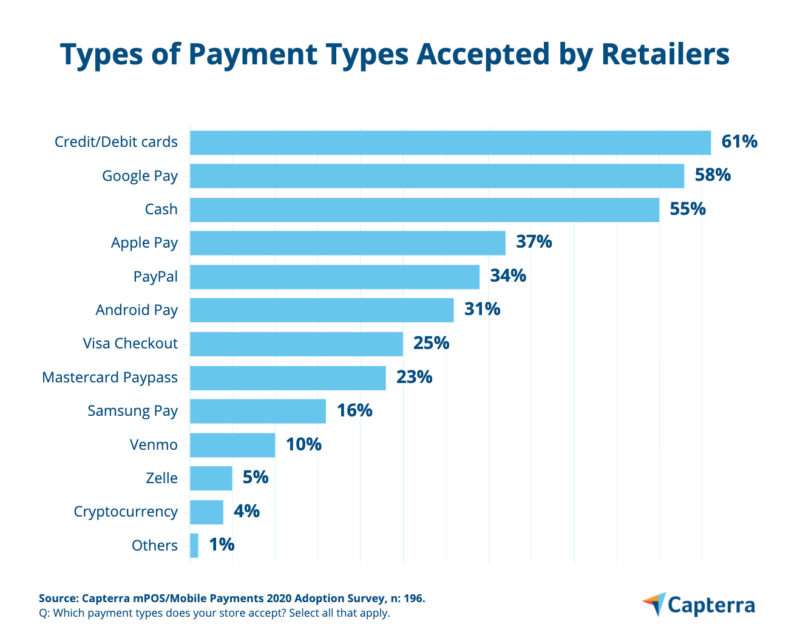
For example, mPOS is popular for restaurants that want customers to be able to order and pay at their table.
The POS software can run on their mobile device or tablet, which is affordable and convenient. It’s also a more personalized way to streamline the dining experience.
POS systems for this industry might offer restaurant-specific features that can improve the customer experience, like the ability for orders to be sent straight to the kitchen, accept payments and tips, and more.
It can also be used by front-of-house staff, like hostesses, to keep track of available tables and queues.
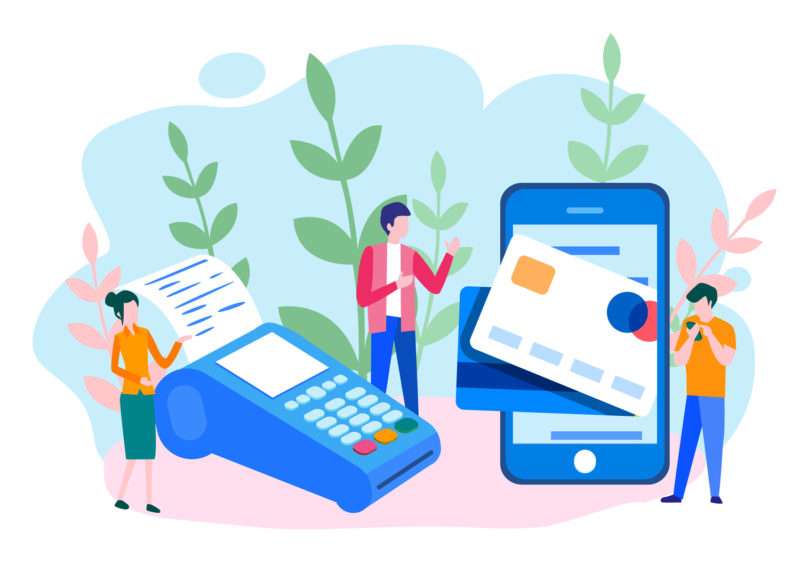
Modern mobile POS systems have enormous potential to offer real value for its users, and they go beyond simple credit card processing.
These mobile systems are fast, flexible, and provide an opportunity for developers and entrepreneurs to improve the user experience by offering industry-specific features and capabilities.
If you’re not sure who your audience is (or should be), our Simple Starter package includes valuable market research to discover who your target audience is and what they want from a POS mobile app.
Have you used a POS system before? If so, what features could improve the experience?




